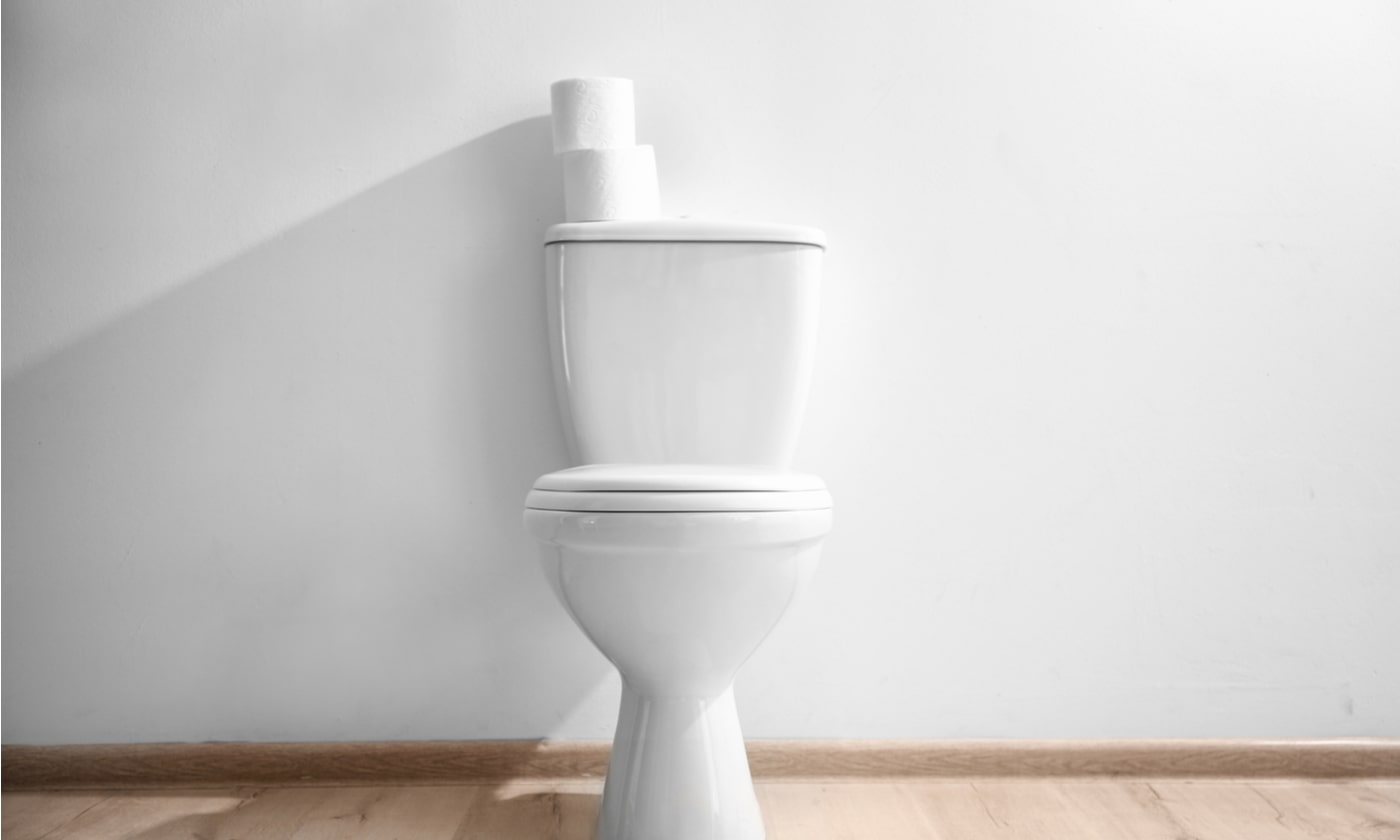Burning sensation while peeing? Or maybe a sharp, stabbing pain as you pee? Whatever your symptoms, dysuria (painful urination) is not a pleasant experience.
Dysuria is usually caused by irritation and inflammation of the bladder trigone (neck of the bladder) or urethra (tube that drains urine from the bladder). If the irritation is affecting the trigone, it can cause bladder contraction, resulting in painful urination, as well as more frequent urination. Irritation in the urethra also causes pain while peeing, but generally doesn’t cause an increased frequency (1). Women can also suffer from dysuria due to inflammation in the vagina or in the region around the vaginal opening (2).
What can cause dysuria?
Dysuria is usually caused by an infection (2), such as:
- Urinary tract infection (UTI). This is commonly uncomplicated cystitis (bladder infection), particularly in females. However, complicated UTIs can also occur and are associated with a higher risk of treatment failure, so must be diagnosed and treated appropriately (3).
- Sexually transmitted infections (STIs). These can cause inflammation in various parts of the female and male reproductive tract.
- Prostatitis (infection of the prostate in males). The prostate may feel tender during a digital rectal exam. Often accompanied by fever, difficulty starting urination, and frequent urination.
- Yeast infection. Other symptoms can include a thick discharge, redness, and swelling.
Dysuria can also be caused by other health issues, including:
- Connective tissue disorders that cause inflammation
- An allergic reaction to a substance (e.g., spermicide or lubricant)
- Interstitial cystitis (bladder inflammation that is not due to an infection)
- Thinning of the tissues in the vagina or urethra (common in postmenopausal women)
- Tumors in the bladder, prostate, or urethra. Your doctor may suggest a PSA test for the detection of prostate cancer.
Which sexually transmitted infections can cause dysuria?
Chlamydia, gonorrhea, and trichomoniasis can all cause pain during urination. For more information about each of these STIs, please see our previous posts:
Each of these STIs may not cause any symptoms, or they may cause symptoms that are easily confused with a urinary tract infection. The only way to be sure of an accurate STI diagnosis is to get tested. We offer individual tests for each of these three STIs, as well as a combination test that detects all three STIs from one self-collected urine sample. See the Related Tests section below for links to each of these tests.
References:
1. Maddukuri G. (Reviewed Jan 2021). Dysuria, Merck Manual Professional Version.
2. Maddukuri G. (Reviewed May 2021). Pain or Burning With Urination (Dysuria), Merck Manual Consumer Version.
3. Michels TC & Sands JE. (2015). Dysuria: Evaluation and Differential Diagnosis in Adults. Am Fam Physician. 92(9): 778-788.



